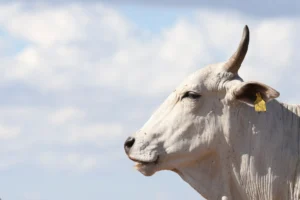
Can COP30 change the future of cows and climate in Brazil?
At COP30, the world’s eyes are on Brazil, and the cattle ranchers leading a global transformation.
As the global population grows, so does the demand for land capable of producing the food we need to thrive. But with only 29% of Earth’s surface made up of land — and much of that already in use for housing, infrastructure or conservation — there’s growing pressure to make the most of what remains for agriculture.
Also, of the Earth’s 124 million acres of agricultural land, only one-third is arable, meaning that it has the nutrient-dense soil, the sunlight and the predicable temperatures needed for growing crops. The remaining two-thirds is marginal land, which has infertile soil, limited water, rocky terrain or harsh weather. This marginal land either remains unused or provides a home for cows and other grazing ruminant animals.
While the world’s marginal lands are well suited for grazing cows, it’s often suggested that they be converted to arable land so that farmers can grow more crops to feed more people — while also minimizing their carbon footprint. But like all things surrounding cows and their impact on the environment, when it comes to land use, agriculture and food security, it’s not black and white.
With cows contributing 5–7% of total greenhouse gas emissions, and with concerns about the health risks linked to overconsumption of red meat and dairy, many are advocating for plant-based diets as a more sustainable path forward. However, in the race to feed a growing world, we must remember that the trade-offs aren’t always so simple — especially when we consider that cows can make productive use of marginal land by converting things we can’t eat, like grass and hay, into the nutrient-rich foods we need: meat and milk.
How can farmers optimize agricultural land use to provide more nutritious food for people with less environmental impact to our planet? Is 33% really all the land we have for growing crops? Have we ever tried to use the remaining marginal land to grow crops instead?
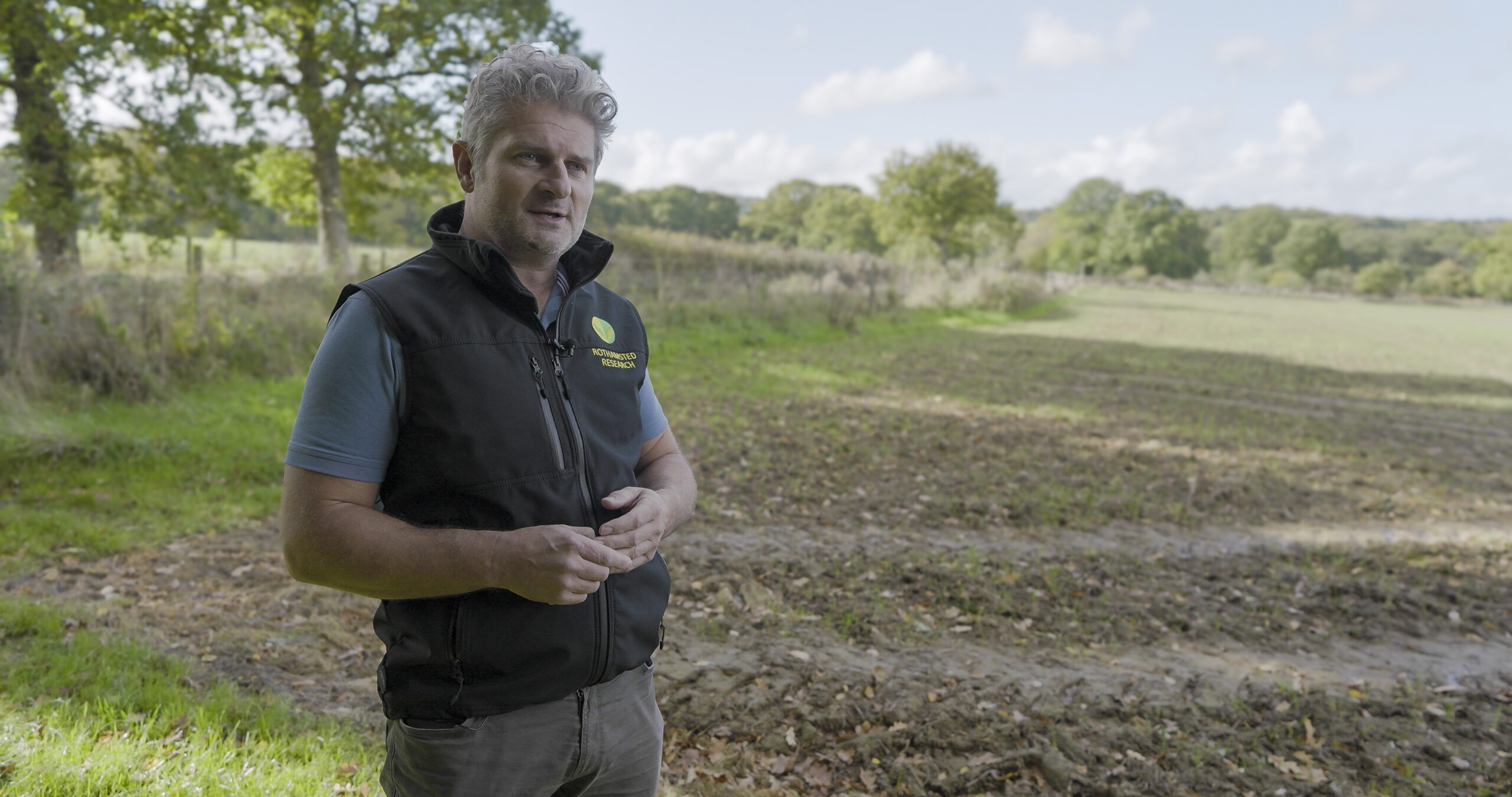
To explore the limits and possibilities of land use, World Without Cows filmmakers Michelle Michael and Brandon Whitworth traveled to Rothamsted Research, a world-leading nonprofit research center in the United Kingdom.
Over decades, Rothamsted’s scientists have conducted multiple long-term experiments with the goal of demonstrating that it is possible to grow crops for humans on land thought to be suitable only for grazing cows. Through what’s commonly known as the “vegan trial,” Rothamsted tested the conversion of livestock fields into arable fields, collecting around 75 million data points in the first ten years of the experiment. No livestock or animal products were used to help grow these crops, making the experiment the closest thing we can imagine to a world without cows, in which people would be sustained solely by vegan farming.
According to Adrian Collins, science director at Rothamsted Research, in the first two years of the experiment, the crops failed entirely. Their only value was as animal feed. In year three, researchers were finally able to grow oats — the first successfully grown marginal-land crop suitable for direct human consumption.
However, while the experiment showed that crops can be grown on converted marginal land, it also showed that doing so comes at a cost to the environment.
Additionally, in a study on the feasibility of growing winter wheat, Rothamsted’s climate and soil modeling showed that the future success rate of crops grown on former grazing land could be as low as 28% — largely due to projected increases in rainfall, which would make sowing difficult, or even in possible, in years to come.
“If we convert marginal land to arable land, we can generate food from that land. But unfortunately, the consequences in terms of on-site erosion and offsite sedimentation and sediment-related problems are quite significant,” said Collins. “So the societal costs become much higher due to that conversion.”
These costs can take many forms — from environmental degradation to broader challenges that can impact communities, natural resources and long-term land productivity.
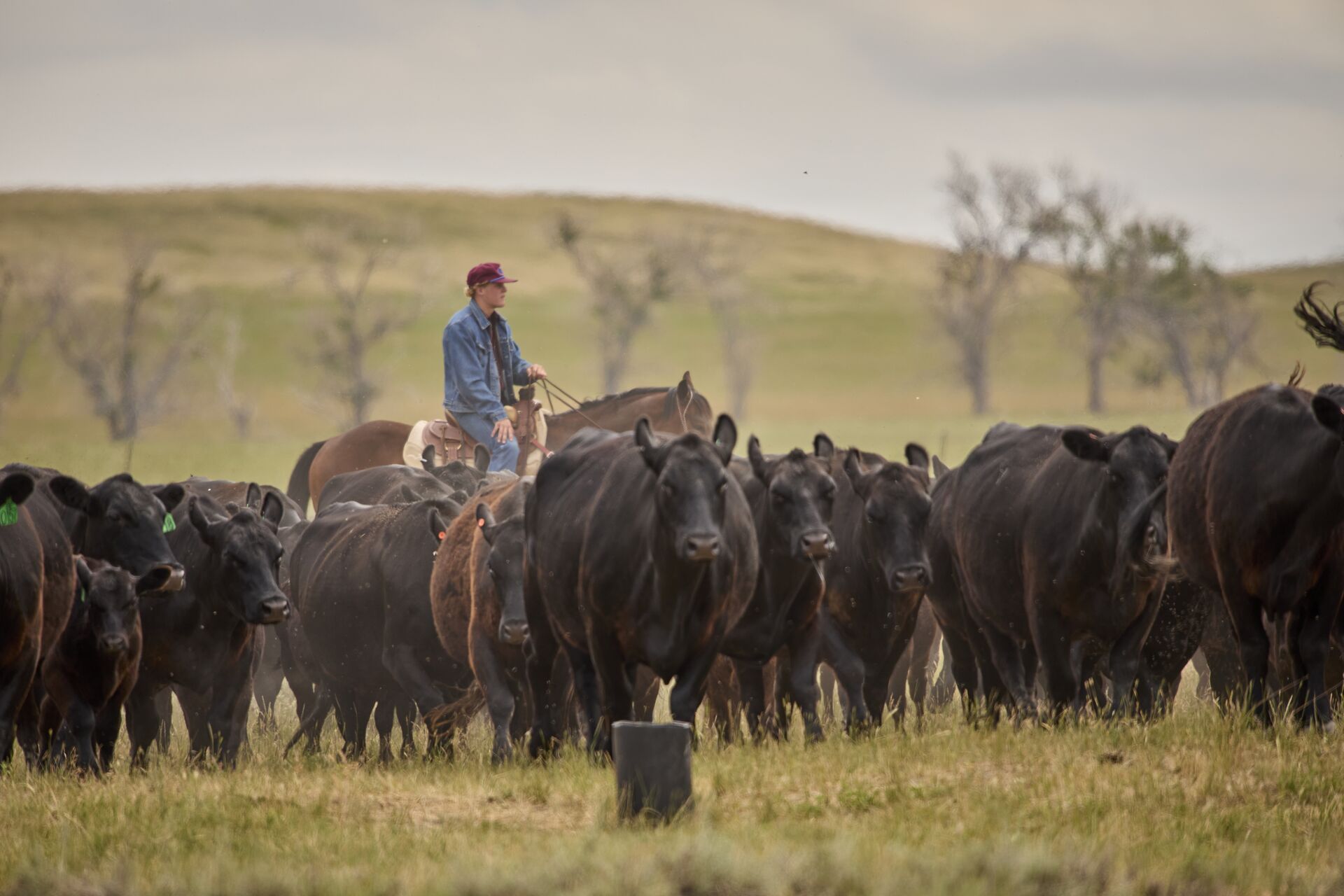
Key findings from Rothamsted’s place-based, contextualized scientific research on the sustainability of livestock farming include:
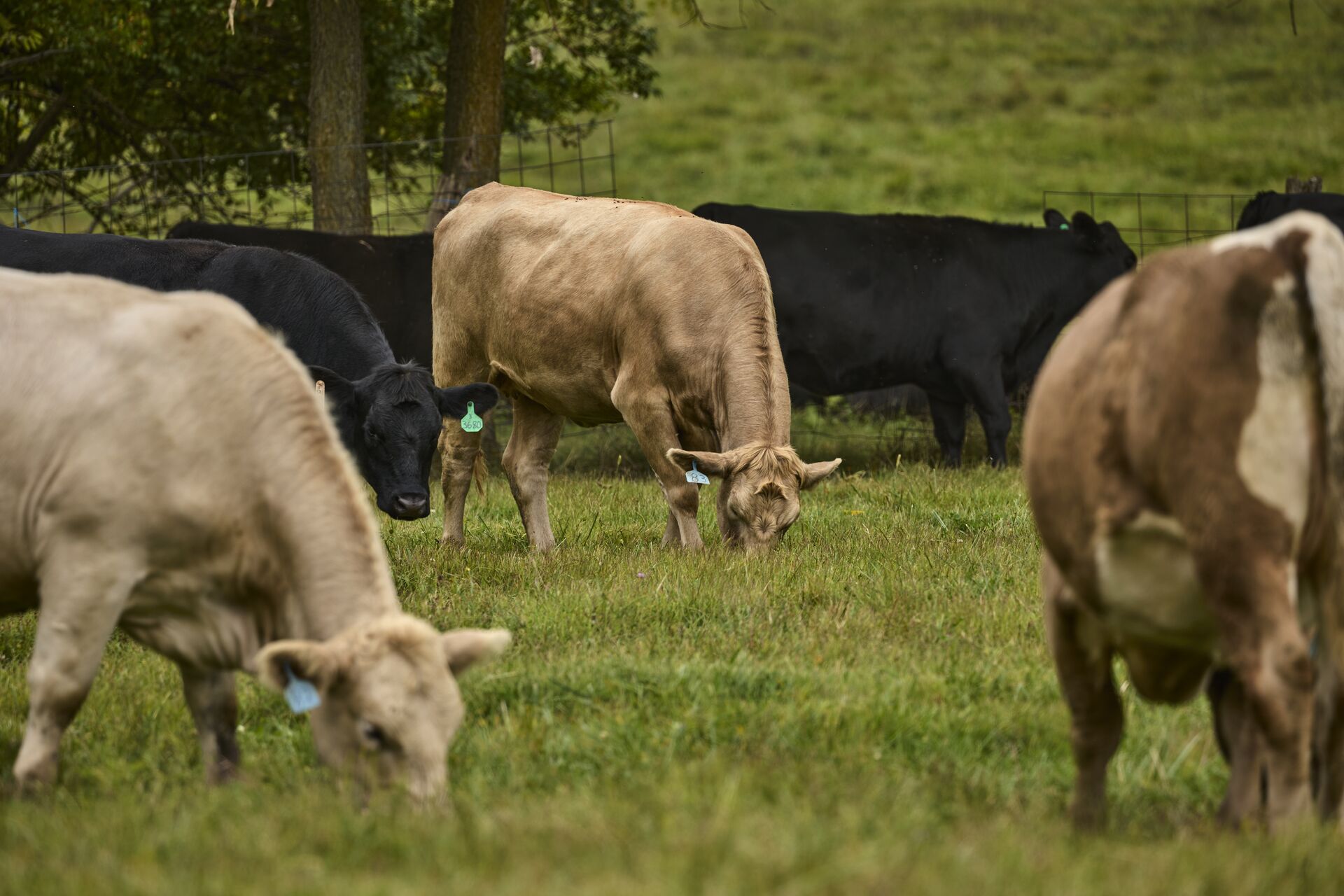
“We are calling for the further promotion and development by policymakers and funders of the place-based collaborative research model,” said Dr. Steve Emery, social scientist for net zero and resilient farming at Rothamsted. “Our studies at Rothamsted have shown that many of the broad assumptions made about the sustainability and productiveness of livestock farming do not always hold true, and in particular contexts, livestock farming is not only a viable form of high-quality food production but compares favorably with other forms of agriculture in terms of environmental impact.”
Rothamsted’s research confirms what most farmers already know: Converting marginal areas into cropland isn’t a feasible long-term solution. Grazing cows play an invaluable role in our ecosystem and enable us to make productive use of Earth’s marginal land.
The path forward requires evidence-based strategies that align farming systems with the capabilities of the land. This means keeping grazing cows in areas where they contribute to the health of our natural ecosystems and the prosperity of farmers, while working to ensure that cropland is optimized to support sustainable production. By listening to researchers and farmers who understand the science behind cattle farming, land management and sustainability, we can build the agricultural systems we need to sustain people, communities and the environment for generations to come.
To learn more about the impact of cows on our world, request a screening of World Without Cows in your area.
Ready to start the conversation? Get tips here from our Supporters’ Action Guide.

At COP30, the world’s eyes are on Brazil, and the cattle ranchers leading a global transformation.
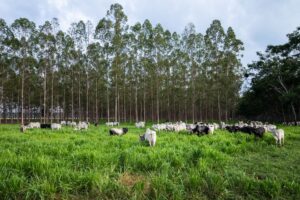
Restoring 40 million hectares of pasture could feed billions and ease pressure on the Amazon. Is the world paying attention?
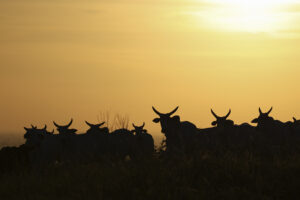
New mini-doc explores deforestation, food security and the Brazilian cattle sector’s path to a more sustainable future
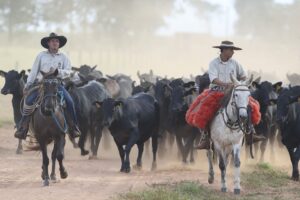
Mention Brazilian beef, and you’re likely to spark discussion about familiar themes: deforestation, emissions and blame. What do we find when we dig deeper? Here are the answers to five top questions about Brazil’s role in protecting the Amazon and feeding the world.
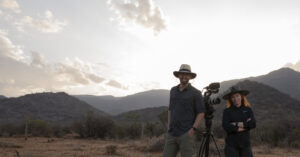
From science to the big screen: Discover how a single question grew into a global journey.
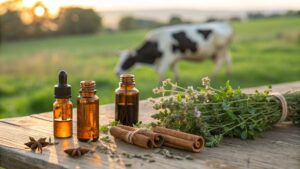
The role of essential oils like thyme, oregano and clove in reducing methane emissions from cattle.
As climate change intensifies and the world’s population continues to grow, the pressure on our global food production system mounts. You can play an active role in shaping a more sustainable planet for future generations. Fill out the form below to learn more about how you can partner with us.
Receive notifications about the release date, new online content and how you can get involved